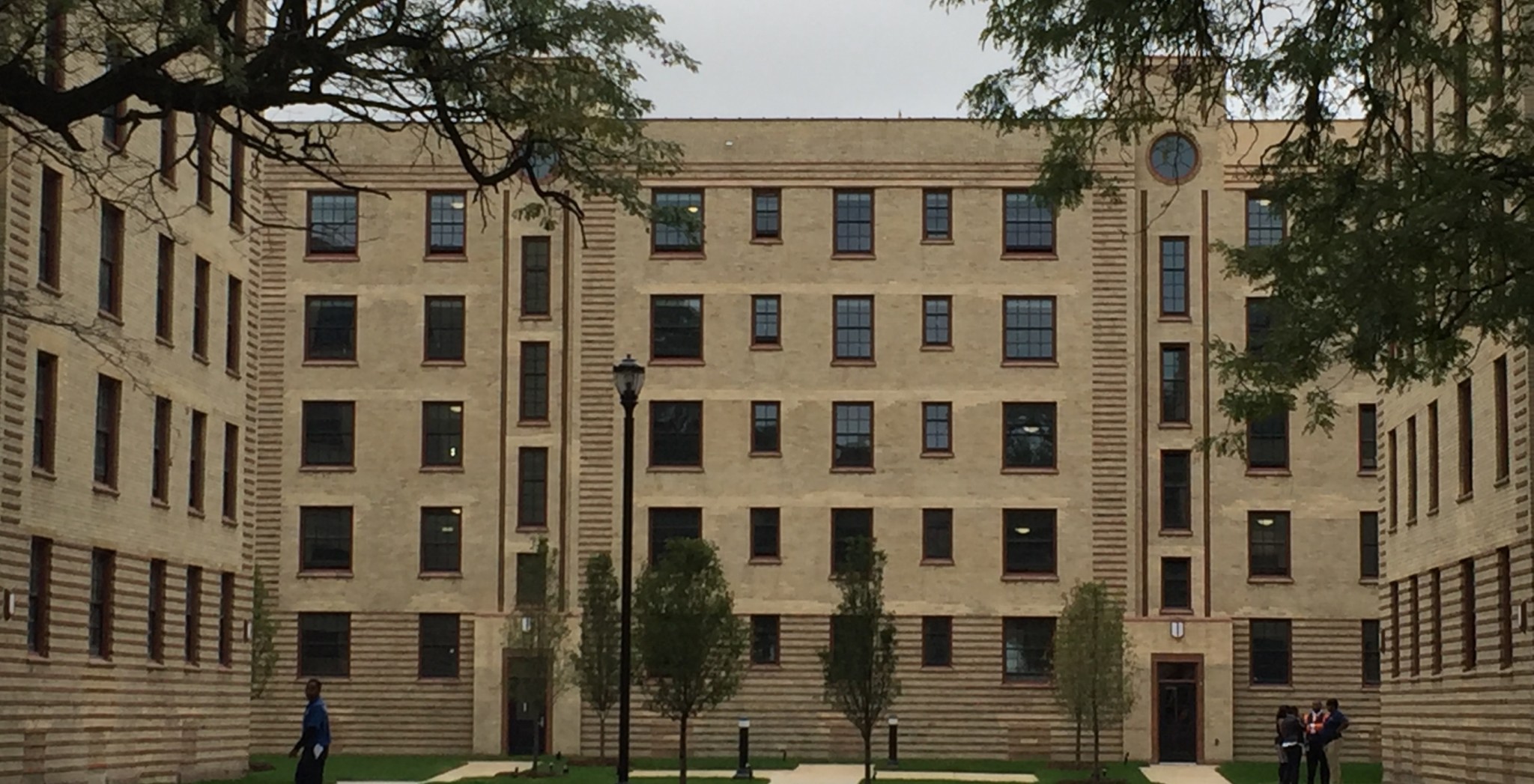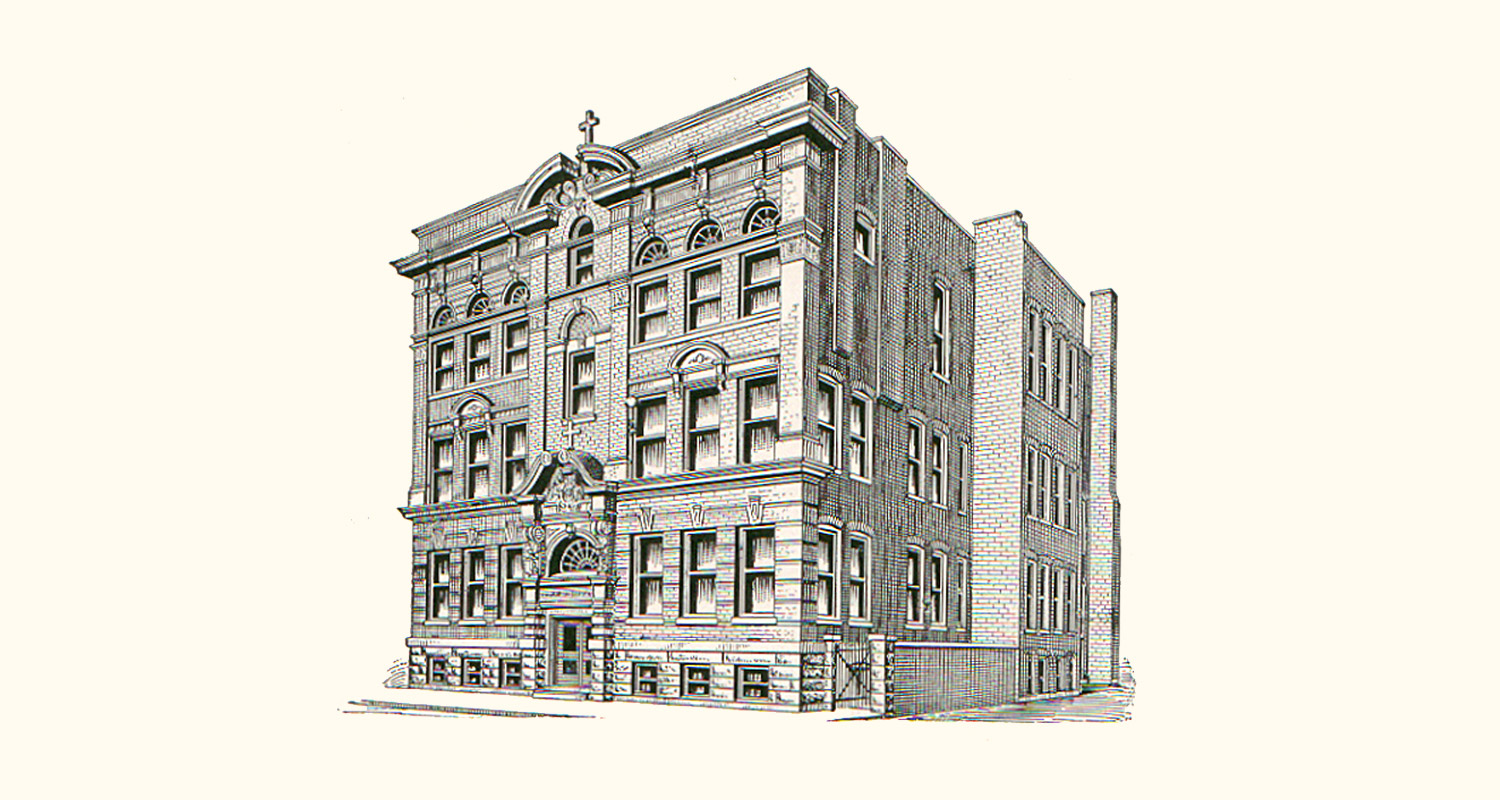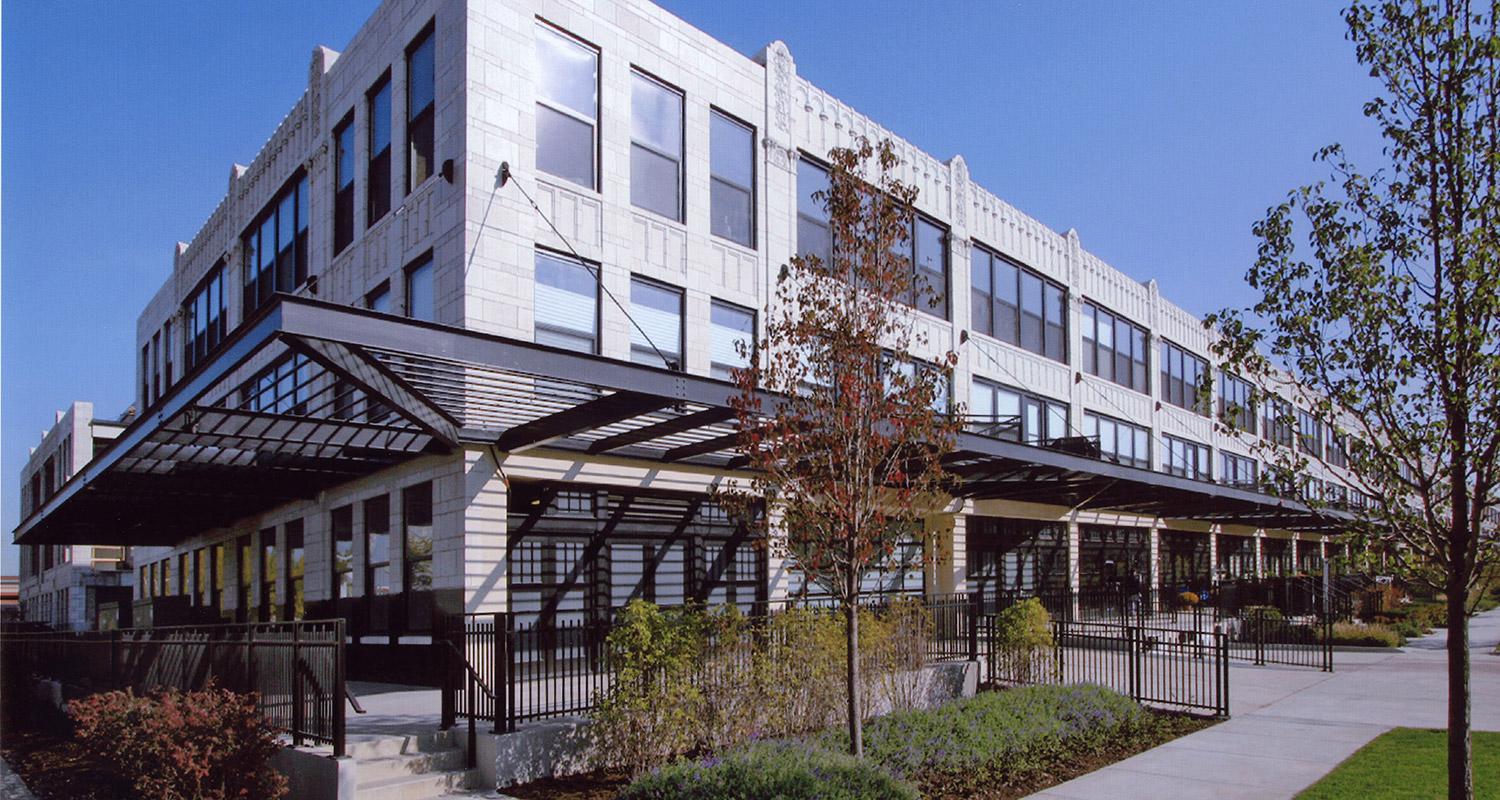
Princeton, Illinois
On January 19, 2018, the National Parks Service announced two downtown districts in Princeton, Illinois, were added to the National Register of Historic Places. It was news Landmarks Illinois celebrated along with local residents and property owners, community leaders and advocates who spearheaded the years-long effort to preserve Princeton’s unique historic character and receive national landmark status.
Read More

















